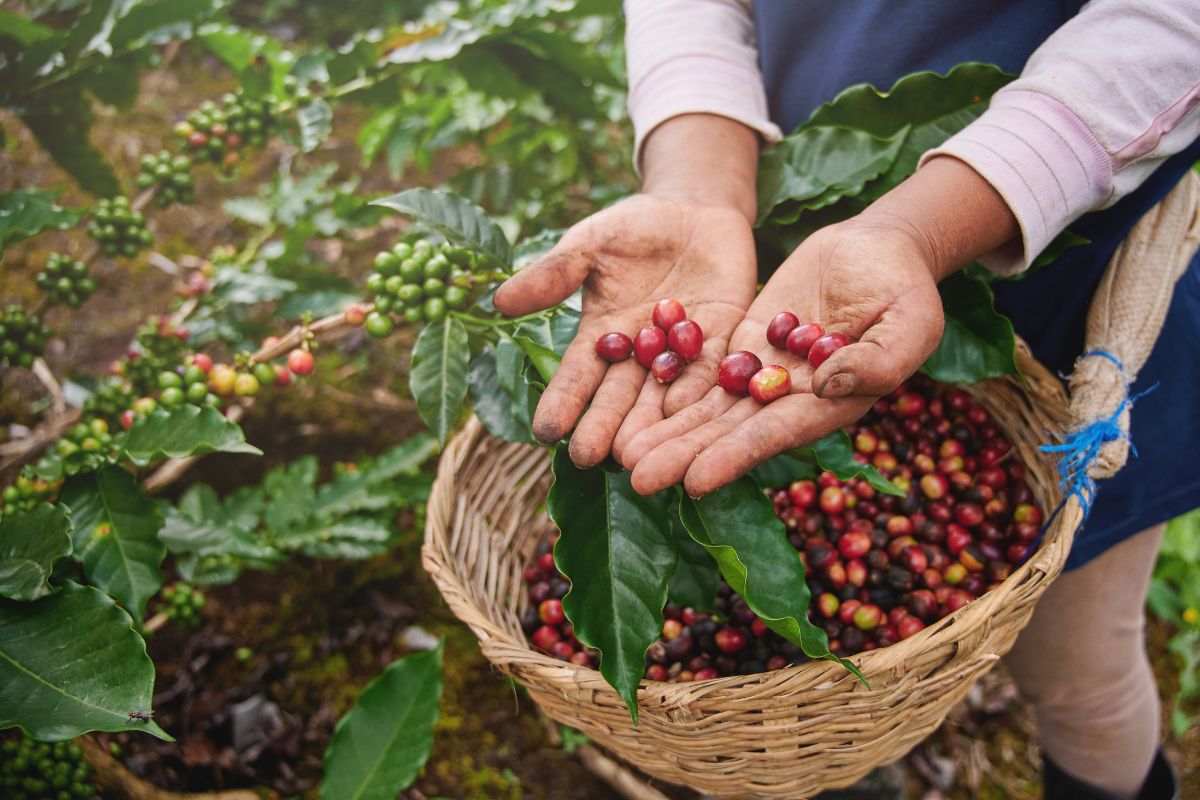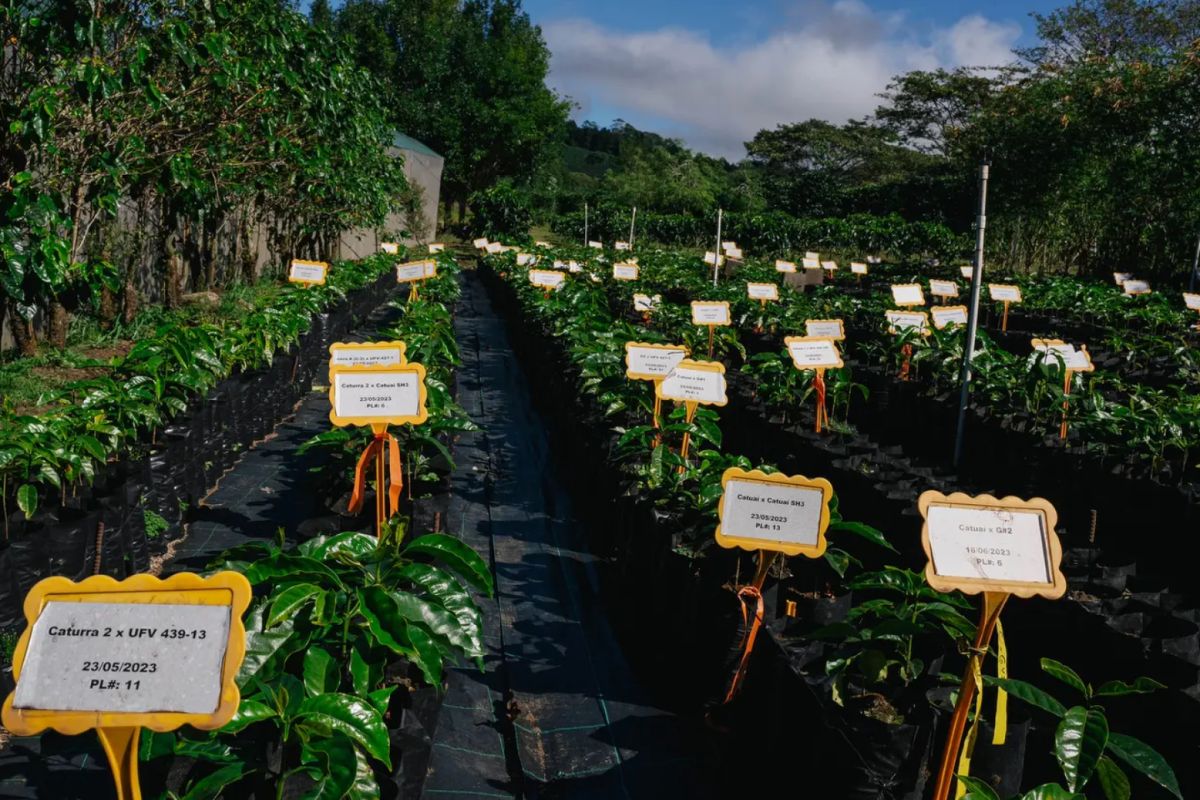


Starbucks, the global juggernaut of coffee, has taken a big stride in guaranteeing its supply chain by acquiring three more coffee estates. The most recent investments the corporation made in Costa Rica and Guatemala aim to increase its resistance against the growing consequences of climate change on coffee output.
The effects of climate change make coffee production ever more susceptible. Rising temperatures, irregular weather patterns, and bug infestations are really hurting coffee growers all over. Given Starbucks consumes 3% of the world’s coffee, these factors could throw off its supply chain. Severe weather occurrences like frosts in Brazil and several La Niña cycles have lately caused lower crop yields and higher consumer costs.

The Bureau of Labor Statistics reports that during the previous five years, the cost of coffee has increased by eighteen percent. Starbucks’s efforts in sustainable, climate-resilient farming methods are meant to ensure its coffee supply and help the larger coffee industry in thus lessening the effects of climate change.
Starbucks has deliberately extended its coffee growing activities in order to reduce the dangers related to climate change The corporation wants to better grasp local conditions, create climate-resilient farming methods, and guarantee a more consistent supply of coffee beans by purchasing farms in important areas of production.

Researching sustainable coffee farming methods depends much on Starbucks’ Costa Rica innovation farms—including the venerable Hacienda Alsacia. Starbucks tests hybrid coffee types, irrigation technology, and soil conservation techniques out of research hubs these farms provide. Some specific initiatives include:
Starbucks will also use cutting-edge technologies like drones at the new farm in Costa Rica, next to Hacienda Alsacia, to solve labor shortages local growers experience.
Starbucks is addressing depleted soils and low output in Guatemala. The new farm here offers chances for land restoration and increased output. Starbucks aims to:
Also read Winston Elba: Everything You Need to Know About Idris Elba’s Son
Starbucks is guaranteeing a consistent supply of premium coffee even in the face of climate change by funding sustainable agricultural methods. These expenses ensure that the company can meet the global growing demand for coffee and help to reduce the risks connected to diminishing yields.
Among other greener methods, organic farming, water conservation, and shade-grown coffee help to lessen the effects of coffee output. Apart from slowing down deforestation and protection of biodiversity, these approaches help to reduce pollutants and save water.
Learning techniques of climate-proof cultivation helps Starbucks raise the general quality of its coffee beans. Better-tasting coffee for consumers follows from this, which also benefits farmers with more reliable harvests and greater income possibilities.
Starbucks’s cooperation with surrounding Costa Rican and Guatemalan farms promotes ecologically friendly living and economic progress. Starbucks helps communities to evolve with the environment and raise their quality of living by means of information and innovations.
All things considered, Starbucks’s effort at coffee cultivation exposes a proactive will to reduce the hazards associated with climate change. By means of research, innovation, and sustainable practices, investments in these domains assist the company to ensure a continuous supply of premium coffee beans ahead. As the earth struggles with climate change, Starbucks’s initiatives provide other businesses a road map.
